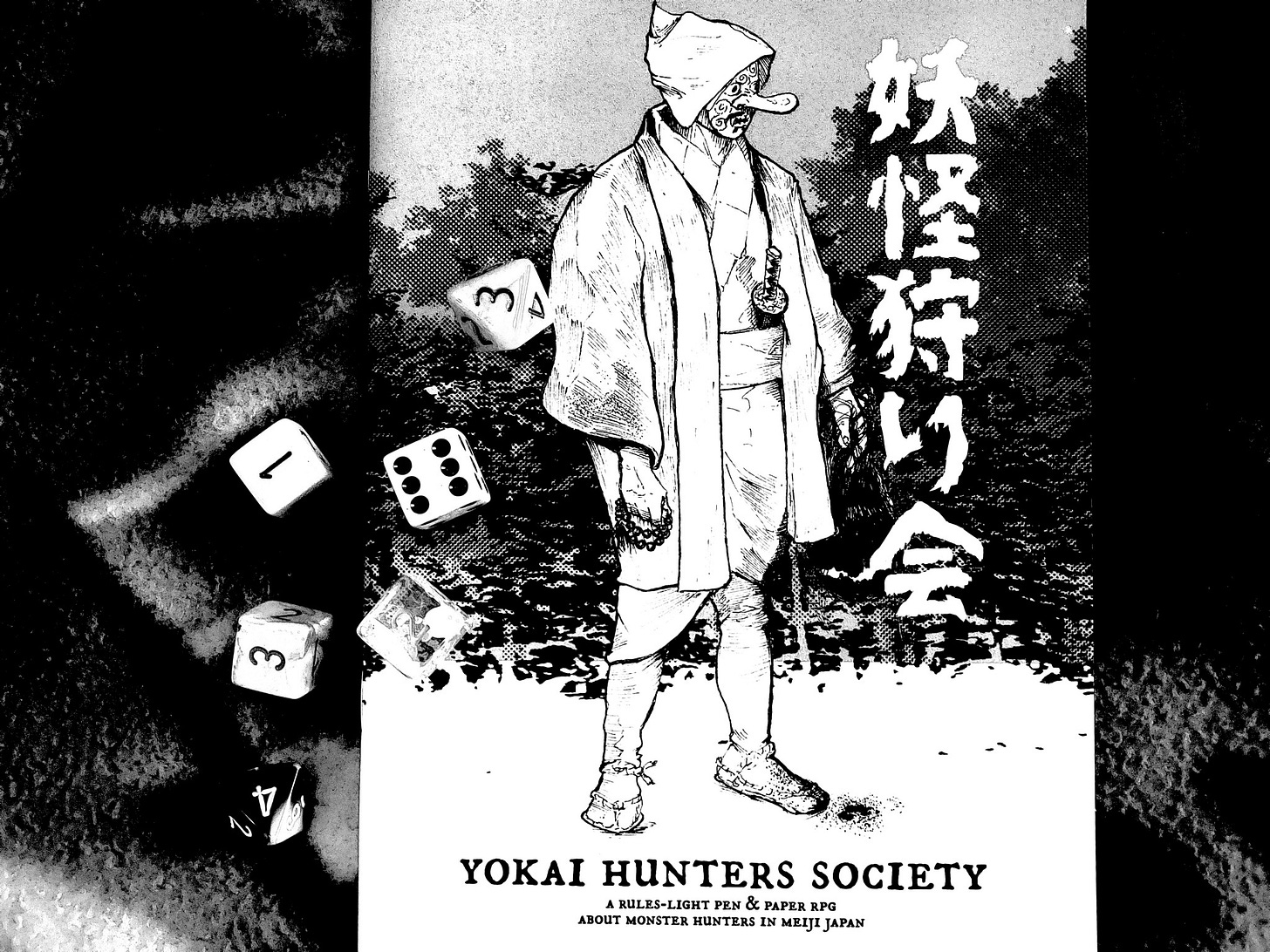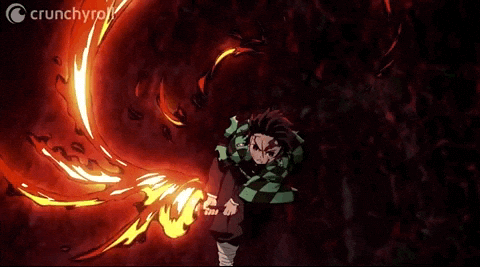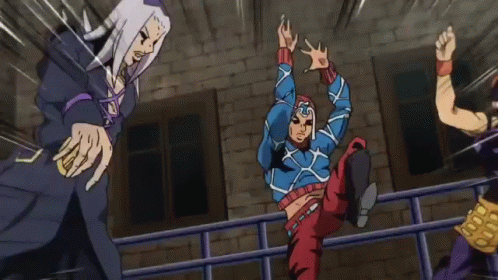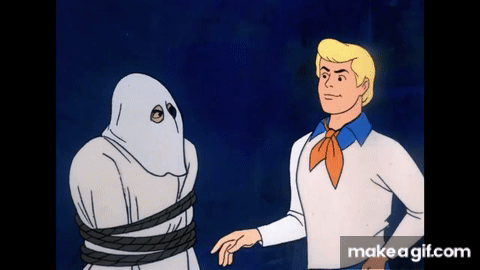I Played Yokai Hunters Society - Monster Hunting in Historical Japan
I ran this rules-light ttrpg about monster hunters in Meiji-era Japan, and my players loved it. Here's what worked and what didn't.
Yokai Hunter’s Society is a rules-light ttrpg about discovering, investigating, and fighting yokai. There’s a free demo with a quickstart version of the rules, so I won’t explain everything. I ran the adventure Gourdian Not as a one-shot, lasting about 4 hours (including character creation).
I’m Colin, and I’m a professional video game designer. This is Drolleries, where I write about d&d, ttrpgs, and game design.
The Core Math
The core system is 2d6, adding one of your four stats. To succeed, you need a 10 or higher, but a 9 means success with a consequence.
The math makes it feels really difficult to succeed by default (about 50/50 with a +2 stat and no other bonuses). As a result, players have to scramble to get additional bonuses. You get a small bonus (usually +1-3) if you use an item to help you, and you can get advantage (3d6, drop the lowest) if you invoke your character’s background, get the help of another player character, or otherwise have a favorable position. You can also invoke the cursed die to roll a 2d6+1d8 and drop the lowest die, but you can’t use the curse die if you already have advantage. More on the cursed die later.
This was a great implementation of the OSR philosophy of design (OSR is Old School Renaissance/Revival, more on that here if you’re not familiar). After my players failed a couple rolls and learned how difficult it was to roll a 10+, they started working together and ruthlessly bringing up their characters’ backgrounds and items. This created that signature OSR feeling of wanting to avoid rolls if they can, prompting more negotiation with the GM and more time spent seeking out in-world advantages and working together to come up with creative solutions. I think if the players had specific yokai-killing abilities on their character sheets, they’d certainly be less creative and less interested in the folklore of these creatures.
Stats
Your 4 stats are courage, self-control, sharpness, and wisdom. My table loved this. It’s super flavorful, and it encourages the players to be creative when describing their actions. Some of my players were even inspired to describe their characters’ inner monologue.
One small issue is that at character creation, the book says to distribute 4 points between your stats. Inevitably, this meant that some of my players decided to put all 4 points into one stat and try to use only that stat for all their rolls. In a d20-based system, this might be less of a problem, but this was a problem for a couple reasons.
First, because of the 2d6 math, players with a +4 bonus had a much larger advantage over other players. The bell curve of 2d6 makes it so that a +4 in one stat is way more valuable than two +2s. A player with a +4 bonus has a 72% chance to roll a 10 (compared to a +2 bonus with a 42% chance), which drastically reduces the need to seek additional bonuses with items, teamwork, situational advantages, or the cursed die. This meant that the player with a +4 in one stat often carried the entire party through entire scenes without engaging with the other mechanics of the system.
Second, because players are the ones to prompt a roll (no saving throws, no rolls to avoid damage), there’s no way to highlight a player’s weaknesses. In a d20-based system, if you dump Dexterity, when the dragon breathes on you, all the other characters will be wincing on your behalf and thanking themselves for not making that risk-reward proposition. But because the stats are purposely flexible and players are the ones to make a roll, players can just avoid ever using their worst stat.
All of this combined meant that the players who chose to spread their stats evenly felt hugely overshadowed by the min-maxers. In our post-game discussion, they said that if they were to play again, they would definitely just choose one stat to max to +4.
For all those reasons, I would give players a standard array to distribute freely, either (+3, +1, +1, +0) or (+2, +2, +1, +1). I want players to still have to seek out those situational bonuses and be creative with their solutions.
Combat
When fighting a yokai, the players roll against the yokai’s difficulty score, which is 10 + their level, and the damage taken is the difference between the two. However, if the player fails the roll, they take the difference in damage. This means the more you fail by, the more damage you take. That’s a scary mechanic, and it definitely created a feeling of extreme danger. I think this made the game feel really deadly when it’s actually not nearly as deadly as other OSR games like Shadowdark or Knave. But because the players are more directly confronted with the damage as a result of their own failure, I think it feels more deadly. It makes players more careful and, like I mentioned earlier, more urgent in seeking out additional bonuses and advantages.
Another elegant part of the system is that the yokai’s Hit Points (HP) is 10 + 1d3 times their level, and that once the yokai’s HP reaches 10 + their level, their difficulty score decreases at the same rate. This means that once the players make a dent, the fight gets easier. As a result, a yokai’s difficulty score can be extremely high at first, which makes sense for the story.
A monster is incredibly deadly and untouchable, up until the hunters make one successful strike. Then, as the players learn the monster’s weaknesses, the fight gets easier and easier, until they have the upper hand. It’s really dramatic, and it created some pretty epic fights where players suffered wound after wound before they even scratched the yokai. But then the turning point came when they hit their first strike, and the fight got easier and easier.
However, I did have an issue with this mechanic. There came a point in both of my yokai fights where the yokai was reduced to low, single-digit HP (between 1-6), and the fight was completely sucked of its drama. The players knew that the difficulty score was low enough that they were basically guaranteed success, and even if they failed, it wouldn’t be by enough points to take serious damage and kill someone. As a result, the players didn’t try to think up creative solutions, they stopped looking for advantages, and they just brute forced the rest of the yokai’s HP. I think we all expect a fight with a creature like this to end with an epic last hit, but really, it just felt like we were beating a dead horse.
Cursed Die
All players start with 4 curse resistance points, and as I mentioned earlier, you can choose to add the cursed die (a d8) to your 2d6 roll, dropping the lowest die. The cost of this is that if the d8’s result is greater than your current curse resistance points, you lose a curse resistance point. If it reaches 0, you become cursed and have disadvantage on all rolls until you get some downtime to clear your curse.
Looking at the math, this means that at first, when you invoke the cursed die, you’ll lose a point if the d8 comes up a 5+ (50% of the time), and when you’re down to your last point, you’ll lose a point if the d8 rolls a 2+ (87.5% of the time). Crucially though, because there’s no consequence until you lose your last resistance point, and the odds of losing your last resistance point are incredibly high, and the consequence of being cursed is so bad, this meant that my players never chose to invoke the curse die once they only had 1 resistance point left.
As a result, the curse points system effectively felt like a number of free luck points for each player, and never did the players actually tangle with the possibility of becoming cursed, which was a little disappointing. In addition, because the vast majority of the die rolls happened in the yokai fights, the players saved up their curse resistance points and blew most of them in the fight. This created a much more heroic feel where players wielded nukes that were effectively consequence-free, rather than the creeping dread and rising threat of being cursed that I imagined it would be.
Noncombat Mechanics
The intended structure of Yokai Hunter’s Society seems to be that each adventure or situation emerges from and centers around a yokai that’s causing the problems. This is an awesome concept that lends itself to an episodic style of storytelling, which I love. This meant that most of my players’ time was spent exploring, investigating, talking to NPCs, and learning about the yokai, culminating in a climactic fight with the yokai itself. That’s an awesome structure for an episodic monster-hunting adventure, especially one meant for one-shots or short adventure situations, but it also meant that only about 10% of our time playing was spent fighting yokai, and the other 90% of our time was spent doing things that didn’t have any support in the rules.
Unlike many dungeon-crawling or exploration-focused OSR games, there were no procedures or consequences for noncombat scenarios. No diminishing resources, no torches to manage, no treasure to collect, no stress points to accumulate, no mechanics to engage with other than rolling to attack a yokai. And unlike Powered by the Apocalypse or Gumshoe games that focus more on investigation and social interaction, there were no procedures or mechanics to give structure to this gameplay pattern.
Now, there’s nothing wrong with roleplaying without mechanics, and in some games, it’s intentional and works beautifully to create a specific feeling (see “the fruitful void”). But non-combat scenarios were such a large part of our experience that I, as a designer, was yearning for mechanics to encourage certain behaviors, impose consequences for others, and overall keep the yokai (and by extension, the presence of the supernatural) at the center of the story even when they were offscreen or unknown to the players.
As a rules-light system, Yokai Hunters Society only has mechanics that are necessary for resolving the literal conflict in the narrative (will you kill the yokai before it kills you). But with a few small tweaks, I think I can add more tension in noncombat scenarios while keeping the rules-light spirit of the system.
Read my hack of Yokai Hunters Society in Part 2!





